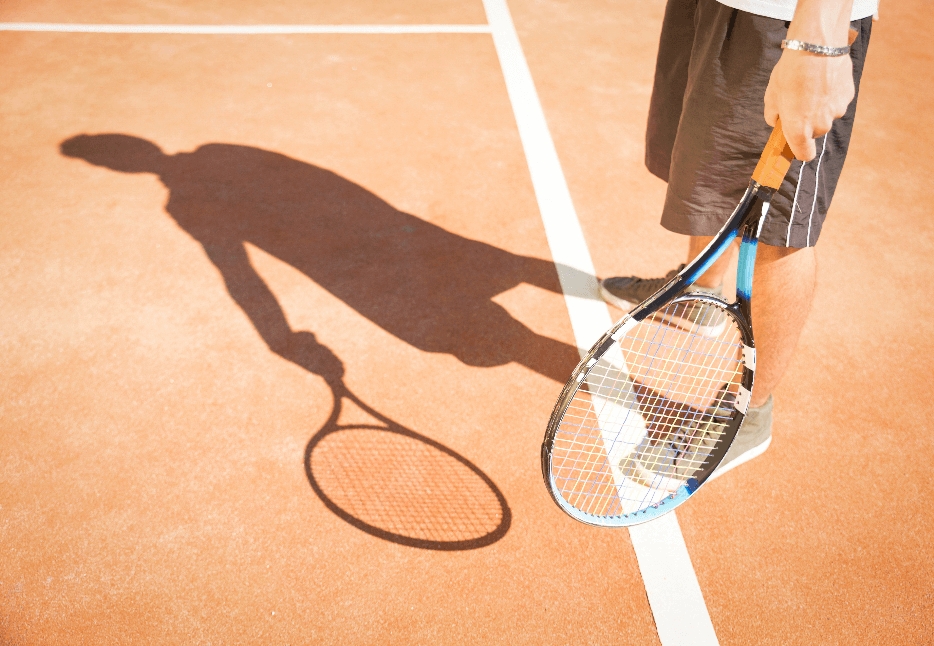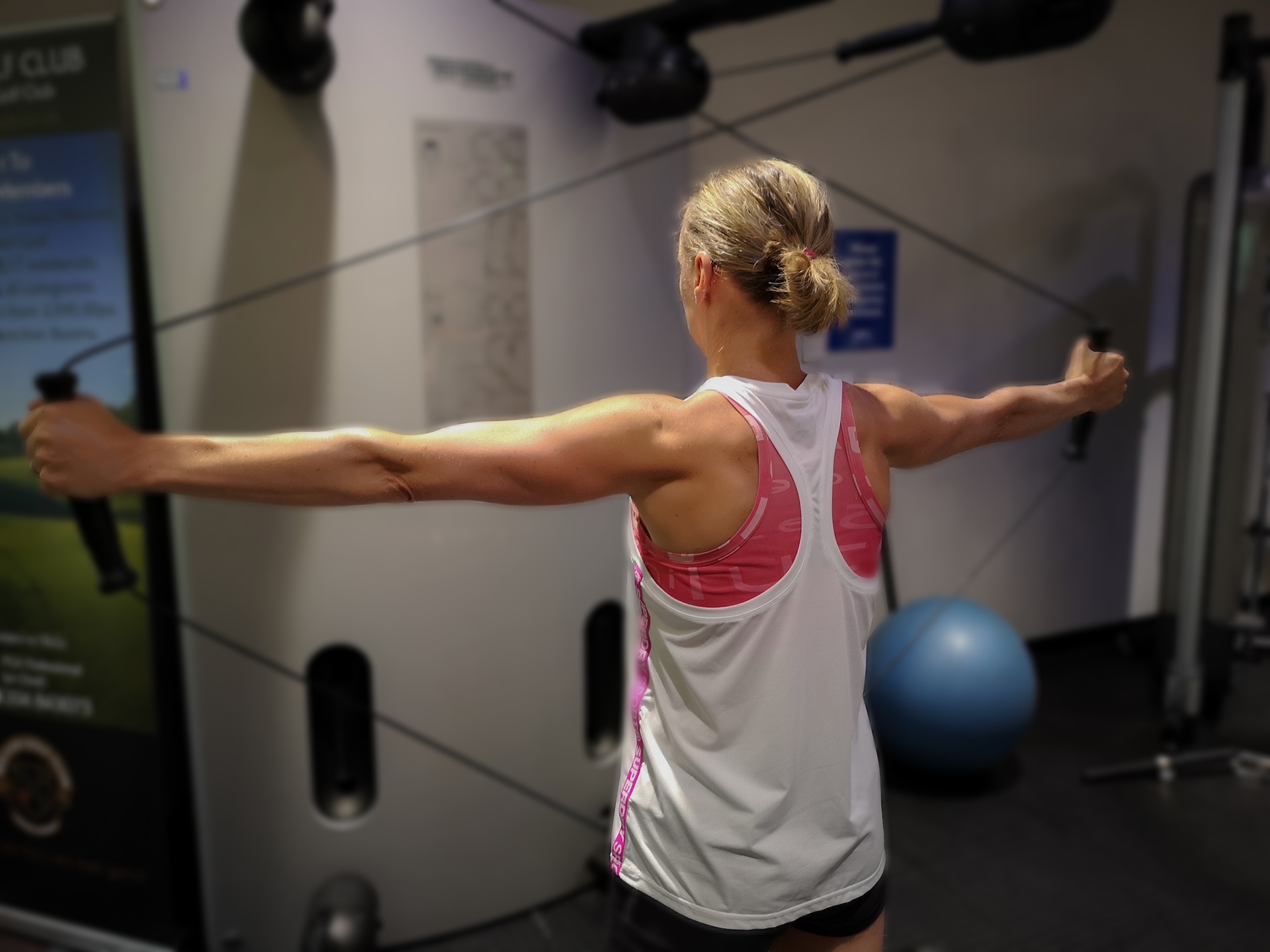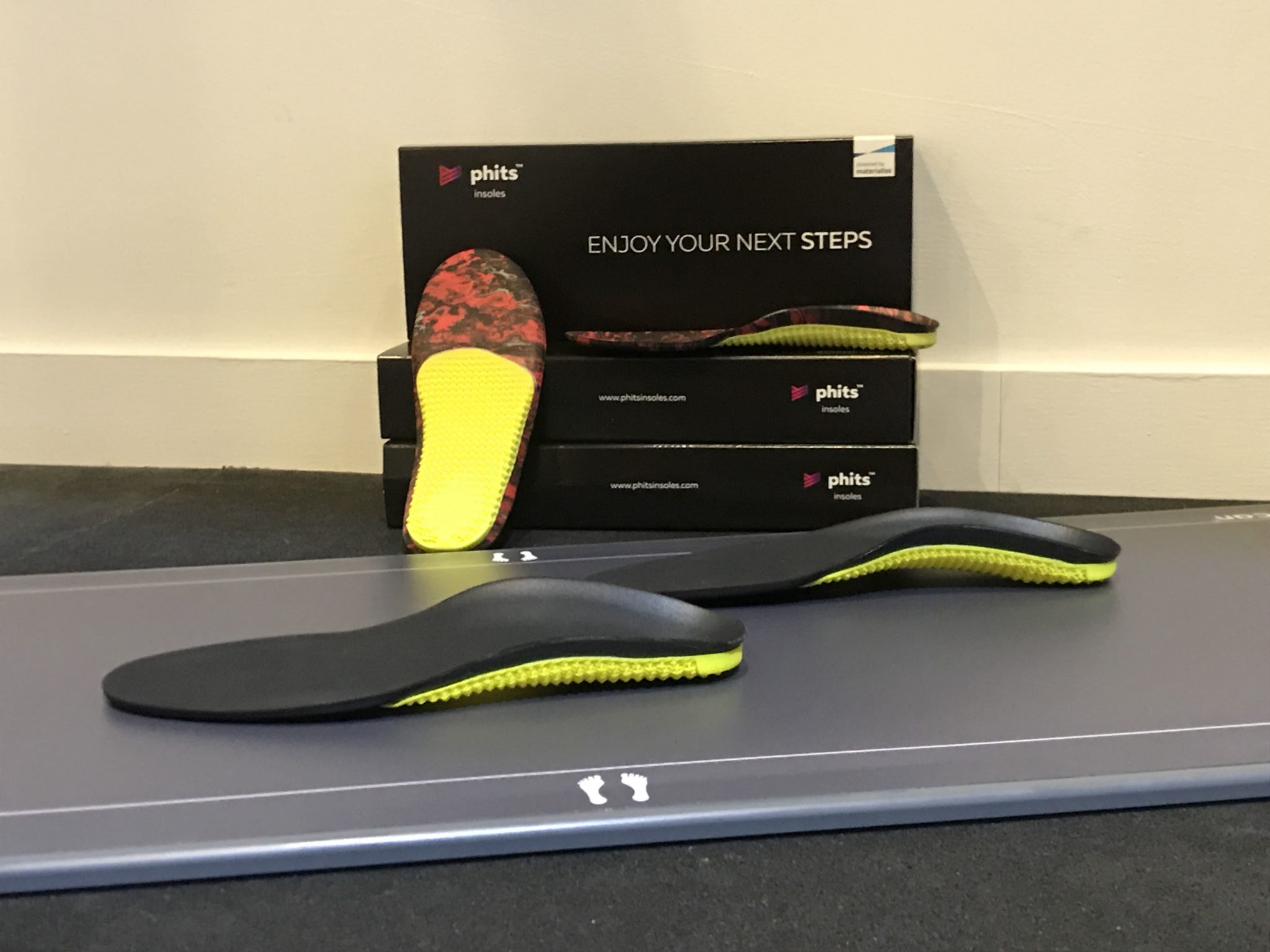With Wimbledon around the corner, we thought we would take a look at injuries and injury prevention within tennis. Modern tennis, like any other professional sport, takes a substantial physical toll on its combatants. To cope better with such burdens, almost every player in the world’s top echelons now travels with a team designed specifically around their fitness needs. The sport may have got faster, the rallies more intense. But the players are protected and prepared in a way that their predecessors could never have imagined.
Wimbledon Tennis Statistics
Most Tournament Aces (All Time)
Men: 212 Goran Ivanisevic 2001
Ladies: 57 Alexandra Stevenson (USA) 1999, Serena Williams (USA) 2008
Fastest Serve at Wimbledon (All Time)
Men: Men: 148mph – Taylor Dent – 2010
Ladies: Women: 129mph – Venus Williams – 2008
Longest Match
John Isner beat Nicolas Mahut 6-4, 3-6, 6-7 (7), 7-6 (3), 70-68. 11 hours 05 minutes duration
Final set lasted 491 minutes (8hrs11mins), 1hr 38mins longer than the previous longest match in tennis history
We all know that injuries are an inseparable part of each sport, and given the statistics above tennis is no exception. However, for social players without the team of professionals around them, how do we help to minimise the risk of injury? Social players are less likely to suffer from overuse injures because they play less tennis than pros, but are more prone to acute lower limb injuries because of their decreased conditioning.
Tennis Injury Statistics
Men report a higher rate of trunk and thigh injuries.
Ladies have a higher rate of hip and lower leg injuries due to increased time spent rallying.
A study of the injuries for which people seek treatment showed:
• 35-50% of all injuries were to the lower extremities
• 20% to the upper limb
• 20% to the lower back.
During a match there is a combination of periods of maximal or near maximal work and longer periods of moderate and low intensity activity. Match intensity varies considerably depending on the players’ level, style, and sex. This has important implications for the training of tennis players, which should resemble match intensity and include interval training with appropriate work to rest ratios.
Effects of warm-ups on performance
A systematic review investigated the effects of various warm-ups on performance in upper body dominant sports such as baseball, golf and tennis. It is well known that there is good evidence to suggest lower extremity dynamic warm-ups are superior to static, passive warm-ups in the lower extremity.
Evidence has now been found to support dynamic, high-load (sprints, plyometrics etc), and tennis specific (racket swings without a ball) warm-ups. Conversely, static stretching has no effect on performance or power output.
Summit Approach
At Summit we take into account the demands of tennis and use movement assessment to identify an individual’s movement faults. This allows us to develop client focused specific training plans to promote return from injury, prevent future injury and improve performance.



